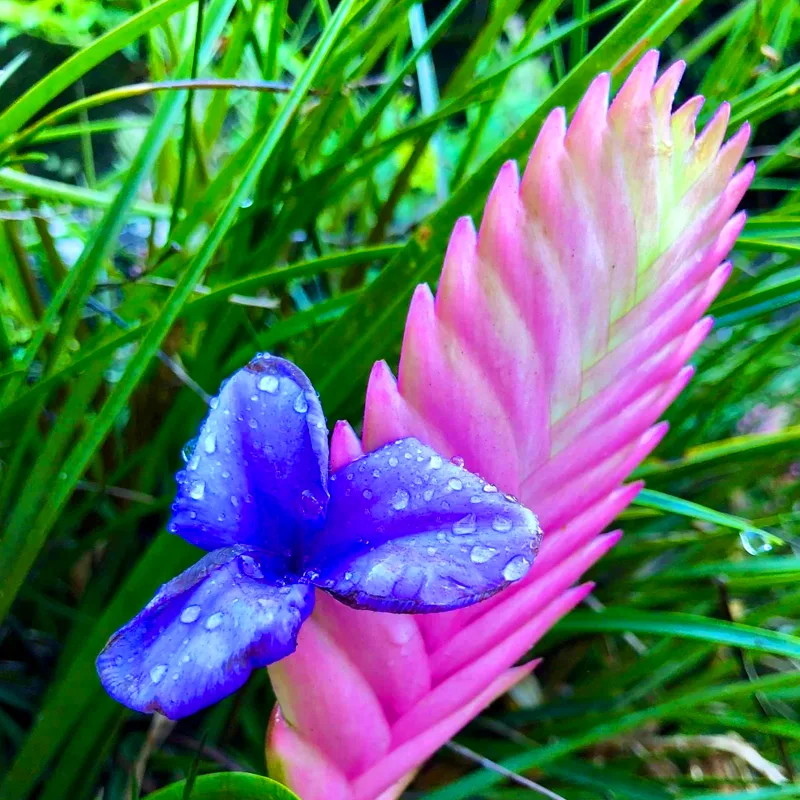
What Is Malva Verticillata?
Malva Verticillata, commonly known as Whorled Mallow, is an herbaceous plant native to various regions across the globe. Its unique appearance, characterized by whorled leaves and pale pink to white flowers, makes it a standout in gardens and wild landscapes. As a member of the Malvaceae family, it’s related to plants like hibiscus and okra.
62 Species in Genus Malva
What Is Malva Verticillata Used For?
Malva Verticillata has a range of uses. Traditionally, it’s been valued in herbal medicine for its soothing properties. The leaves and flowers are used to make teas and infusions, which are believed to have mild laxative and anti-inflammatory effects. In some cultures, it’s also used topically to treat minor skin irritations and wounds due to its soothing qualities.
Is Malva Verticillata Safe?
In general, Malva Verticillata is considered safe for most people when used appropriately. However, it’s always wise to consult with a healthcare professional before using it medicinally, especially if you are pregnant, nursing, or taking other medications. The plant’s soothing properties can be beneficial, but like any herb, it’s important to use it in moderation.
Is Malva Verticillata Senna?
Malva Verticillata is not the same as Senna. Senna is a genus of plants known for its potent laxative effects, often used to relieve constipation. Although both Malva Verticillata and Senna can have laxative properties, they come from different plant families and have distinct characteristics and uses. Senna is part of the Fabaceae family, while Malva Verticillata belongs to the Malvaceae family.
What Is the Difference Between Malva Verticillata and Senna?
The primary differences between Malva Verticillata and Senna lie in their botanical classification and their effects. Malva Verticillata, or Whorled Mallow, has a milder effect and is often used for its soothing properties rather than as a strong laxative. Senna, on the other hand, is renowned for its more potent laxative effect and is typically used for more serious constipation issues. Their physical appearance also differs: Malva Verticillata has whorled leaves and softer, more delicate flowers, while Senna has a more robust appearance with distinctive seed pods.
How to Care for Malva Verticillata?
Caring for Malva Verticillata is relatively straightforward. It thrives in full sun to partial shade and prefers well-drained soil. Regular watering is essential, but avoid waterlogging as it can lead to root rot. Fertilize with a balanced fertilizer during the growing season to encourage robust growth and flowering. Pruning spent flowers can help prolong the blooming period and maintain the plant’s health.
How to Propagate Malva Verticillata?
Propagating Malva Verticillata is usually done through seed sowing. Start seeds indoors 6-8 weeks before the last frost date or sow them directly outdoors after the danger of frost has passed. The seeds should be lightly pressed into the soil and kept consistently moist until they germinate. Once the seedlings are strong enough, they can be transplanted to their permanent location in the garden.
What to Plant With Malva Verticillata?
Malva Verticillata pairs well with a variety of garden plants. Its delicate flowers complement other flowering perennials such as Echinacea, Rudbeckia, and Coreopsis. For a more textured garden, combine it with ornamental grasses or low-growing ground covers. This mix can provide a visually appealing contrast and support a diverse ecosystem in your garden.
Can You Grow Malva Verticillata Indoors?
Growing Malva Verticillata indoors can be challenging due to its size and light requirements. It typically prefers outdoor conditions with ample sunlight. However, if you have a bright, sunny location, such as a south-facing window or a well-lit indoor garden area, you can attempt to grow it indoors. Ensure that the plant has enough space to spread out and provide it with well-draining soil and regular watering.
Is Malva Verticillata Toxic?
Malva Verticillata is not considered toxic to humans or pets. It’s generally safe for use in herbal remedies and garden settings. However, if you have any concerns about allergies or sensitivities, it’s a good practice to consult with a healthcare provider or a botanist.
Benefits of Malva Verticillata
The primary benefits of Malva Verticillata include its soothing properties and its use in herbal remedies. It can help ease minor skin irritations and digestive discomfort. Additionally, its attractive flowers can enhance garden aesthetics, making it a valuable addition to ornamental plantings.
Common Problems with Malva Verticillata
Common problems with Malva Verticillata include susceptibility to pests like aphids and spider mites. It can also suffer from diseases such as powdery mildew if grown in overly humid conditions. Ensuring proper spacing, airflow, and regular maintenance can help mitigate these issues.
Compare with Other Plants
When comparing Malva Verticillata with other similar plants, such as Malva Sylvestris (Common Mallow), the main differences are in their growth habits and uses. Malva Sylvestris is more commonly used in traditional medicine and has a slightly different leaf arrangement and flower color. Additionally, Senna and Malva Verticillata, as mentioned earlier, are from different families and serve different purposes, with Senna being more potent in its laxative effects.
In summary, Malva Verticillata is a versatile and visually appealing plant with various uses in herbal medicine and gardening. Its soothing properties and ornamental value make it a worthwhile addition to any garden or herb collection.
If i die, water my plants!



